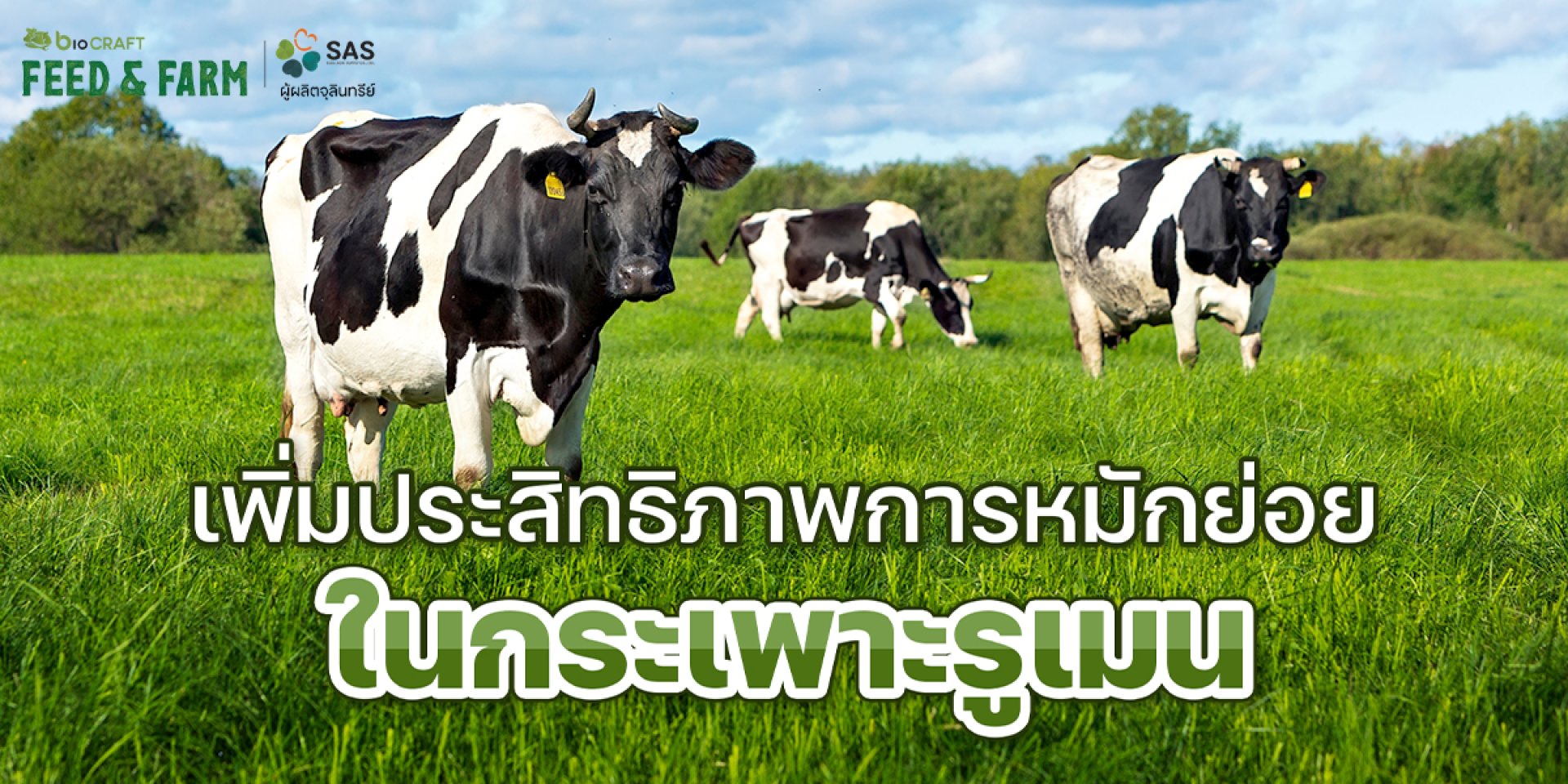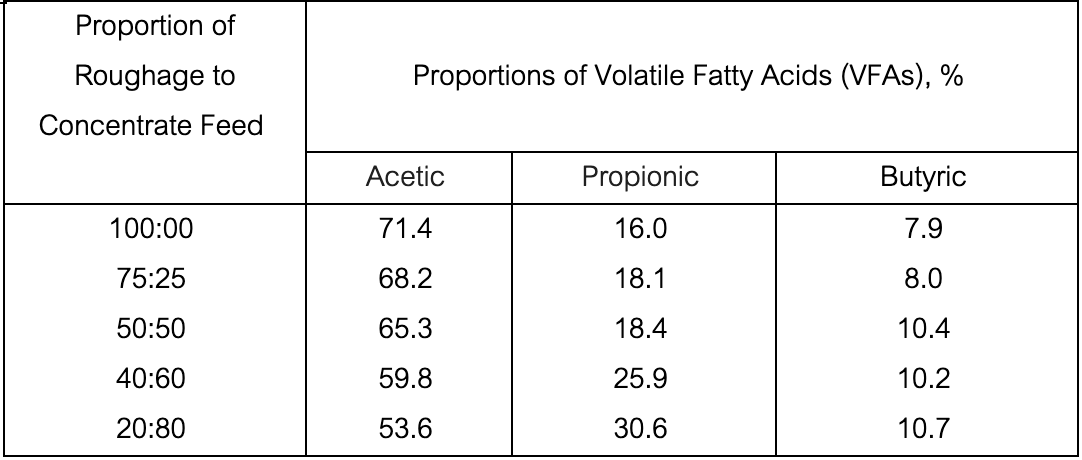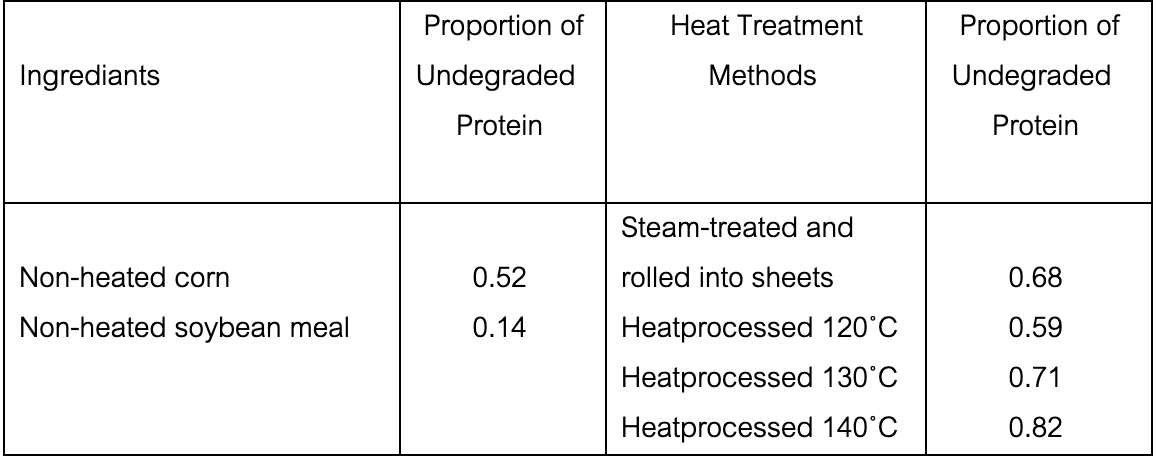Enhancing Fermentation Efficiency in the Rumen

Enhancing Fermentation Efficiency in the Rumen
Ruminants, or foregut fermenters, possess a digestive system distinct from monogastric animals. Their digestive tract is approximately 40 meters long, significantly longer than that of monogastric animals, with a large proportion dedicated to the stomach. This extended digestive system allows for prolonged digestion and nutrient absorption. The ruminant stomach is divided into four sections, each with specific characteristics and functions:
1.Rumen
The rumen is a fermentation chamber housing vast populations of microbes, including bacteria and protozoa. These microbes produce cellulase enzymes to break down fibrous plant material. Ruminants can regurgitate partially digested food for re-chewing, a process known as rumination, which helps further break down fibers.
2.Reticulum
The reticulum is responsible for digesting milk in young ruminants and contains microbes similar to those in the rumen.
3.Omasum
The omasum mixes ingested food, absorbs water from the rumen contents, and extracts nutrients.
4.Abomasum
Also known as the true stomach, the abomasum digests food with the animal's gastric enzymes and microbial enzymes. The digested material is then passed to the small intestine for complete digestion.
In the small intestine, proteins, fats, and starches are further digested by pancreatic enzymes and bile before being absorbed into the circulatory system.
Microbial Activity in the Rumen
Unlike monogastric animals, ruminants do not secrete amylase in their saliva. Instead, their rumen hosts diverse microbes, including bacteria, protozoa, and fungi, which produce enzymes to digest starch, sugars, fibers, proteins, fats, and other nutrients. These microbes generate volatile fatty acids (VFAs), such as acetic acid and propionic acid, which are absorbed through the rumen wall and serve as primary energy sources for ruminants.
Table: Proportions of Roughage and Concentrate Feed and Their Impact on Volatile Fatty Acid (VFA) Ratios (%)

Reference: Ishler et al., 1996
Strategies for Enhancing Rumen Fermentation Efficiency
Maintaining Optimal Levels of Volatile Fatty Acids (VFAs)
VFAs are essential for ruminant metabolism:
-Acetic Acid contributes to milk fat production.Propionic Acid supports glucose synthesis and body fat formation.
Ensuring a balanced ratio of roughage and concentrate feed is crucial, as it directly influences the production of VFAs, animal growth, and daily milk yield.
Increasing Bypass Protein Levels
Enhancing bypass protein levels improves fermentation efficiency. Bypass proteins are those that escape microbial degradation in the rumen and are digested in the abomasum and small intestine. This process provides amino acids, such as lysine and methionine, directly to the animal for efficient use, particularly in high-producing ruminants like lactating cows.
-Practical Implementation
To enhance bypass protein levels, simple processing methods like heat treatment are applied to protein-rich feed materials. This technique, widely used in commercial feed production, reduces protein degradation in the rumen, ensuring more proteins reach the abomasum and small intestine for absorption.
Conclusion
Improving rumen fermentation efficiency can be achieved by maintaining optimal VFA levels and increasing bypass protein intake. These practices, coupled with proper feeding management tailored to the animal's age and production stage, can significantly enhance nutrient utilization, growth, and productivity in ruminants.

References
Boonlom, C. (1998). Animal Nutrition, Vol. 1. Thanaban Printing, Chiang Mai.
Boonlom, C. (2003). Biochemistry for Animal Science. Thanaban Printing, Chiang Mai.
Ishler, V., Heinrichs, A. J., & Varga, G. (1996). From Feed to Milk: Understanding Rumen Function. Pennsylvania State University Extension Circular 422.



